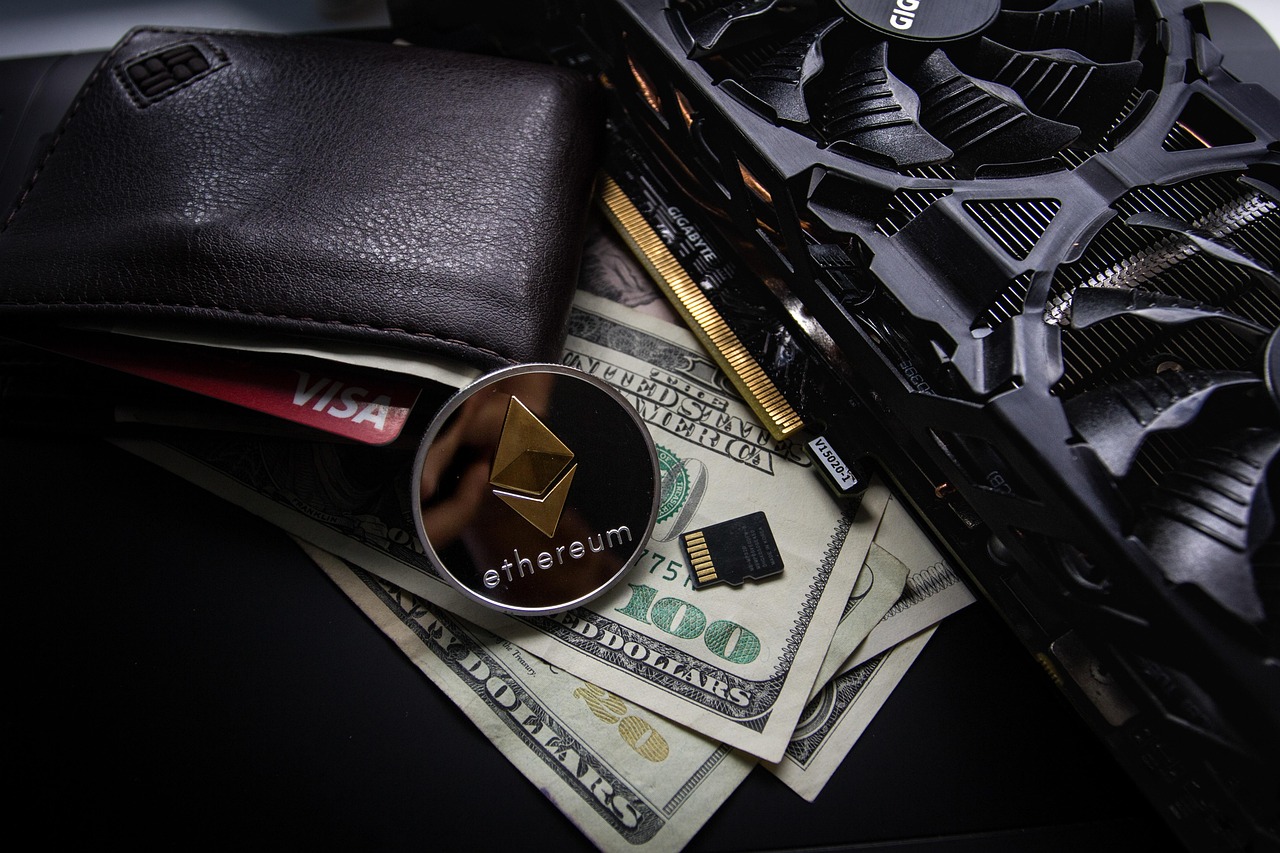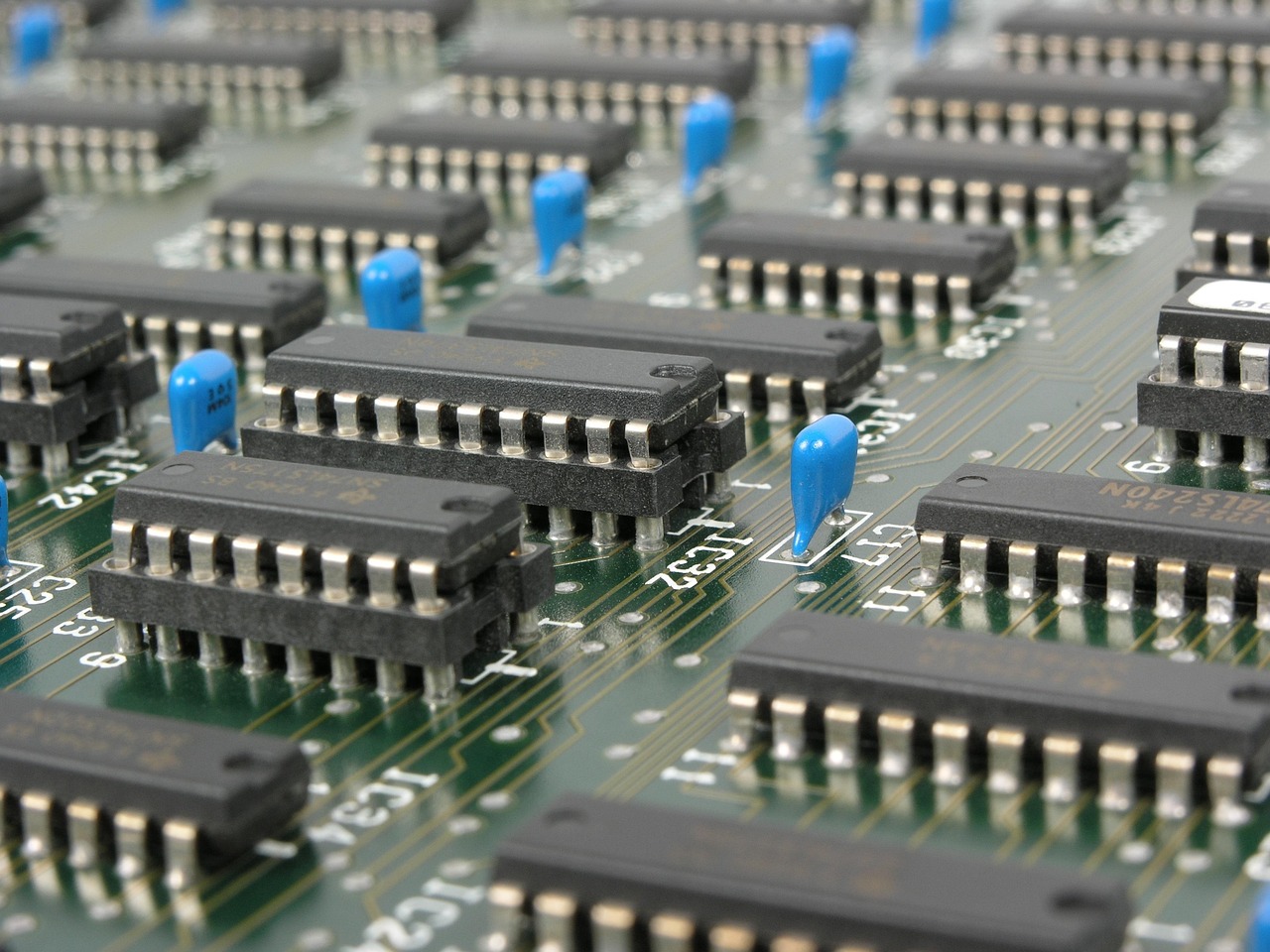Core Platforms Support Tokenized Asset Transactions

The digital transformation of financial markets has accelerated significantly with the integration of blockchain technology, leading to the rise of tokenized assets. These assets, represented digitally on a blockchain, are gaining traction as core platforms increasingly support tokenized asset transactions, reshaping the traditional financial landscape.
Tokenization, the process of converting rights to an asset into a digital token on a blockchain, offers improved liquidity, transparency, and accessibility. This innovative approach is supported by various core platforms, which are crucial in facilitating the efficient trading and management of tokenized assets.
Understanding Tokenized Assets
Tokenized assets represent real-world assets such as real estate, commodities, equities, or bonds through blockchain-based tokens. These tokens can be traded on digital exchanges, providing a more streamlined and cost-effective method of ownership transfer compared to traditional means.
The global context of tokenization is underpinned by its potential to democratize access to assets that were once beyond the reach of average investors. By breaking down assets into smaller units, tokenization allows for fractional ownership, thereby lowering barriers to entry and encouraging broader participation in financial markets.
Core Platforms in Tokenized Asset Transactions
Core platforms play a pivotal role in supporting the infrastructure required for tokenized asset transactions. These platforms provide the necessary technological backbone to ensure security, compliance, and interoperability within the digital asset ecosystem.
- Security: Core platforms ensure that tokenized asset transactions are secure, leveraging advanced cryptographic methods to protect against fraud and unauthorized access.
- Compliance: Regulatory compliance is paramount, and core platforms often incorporate Know Your Customer (KYC) and Anti-Money Laundering (AML) processes to align with global standards.
- Interoperability: Facilitating seamless transactions across different blockchain networks is essential. Core platforms often support multiple protocols, ensuring that tokens can be transferred easily across various digital ecosystems.
Global Adoption and Challenges
The adoption of tokenized assets is becoming increasingly global, with jurisdictions such as Switzerland, Singapore, and the United States leading the way in regulatory frameworks that accommodate digital assets. Such frameworks provide clarity and foster innovation in the tokenization space.
However, challenges remain. The regulatory environment is still evolving, with discrepancies in how different regions approach tokenized assets. Moreover, the technology itself, while promising, is still maturing, which presents scalability and integration challenges for existing financial systems.
The Future of Tokenized Asset Transactions
The future of tokenized asset transactions appears promising, driven by continued advancements in blockchain technology and increasing institutional interest. As core platforms enhance their capabilities, the efficiency and reach of tokenized assets are expected to grow, further integrating into mainstream financial services.
In conclusion, the support of core platforms for tokenized asset transactions marks a significant evolution in financial infrastructure. As the ecosystem matures, it holds the potential to revolutionize asset management and trading, offering a more inclusive, transparent, and efficient financial landscape. Stakeholders, from regulators to technology providers, must collaborate to realize the full potential of this transformative technology.















